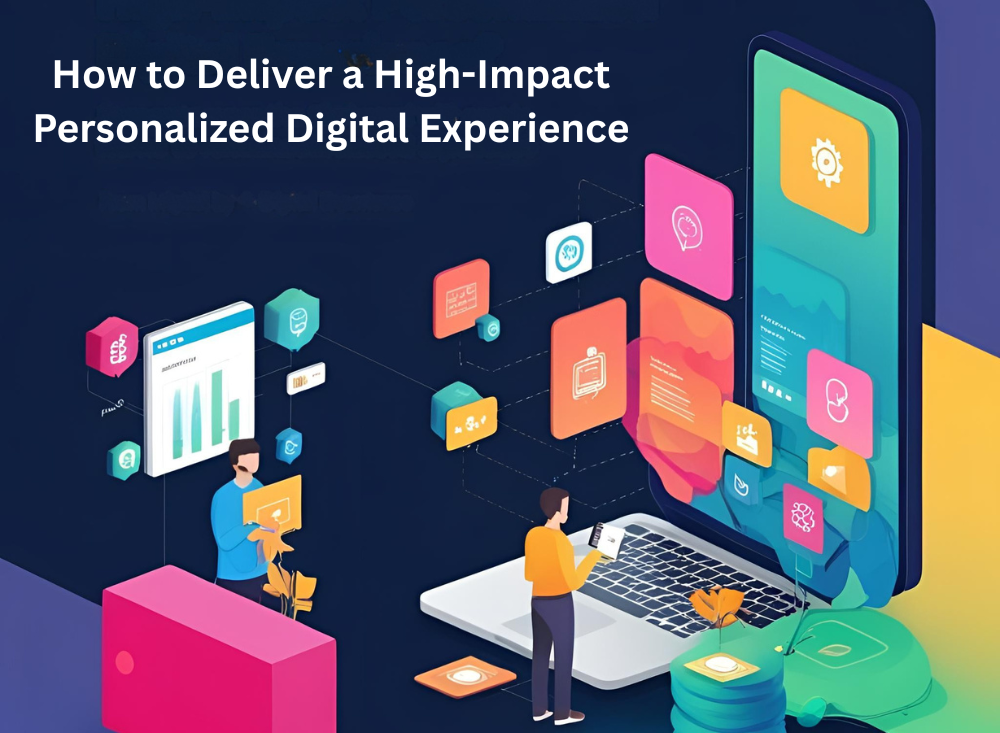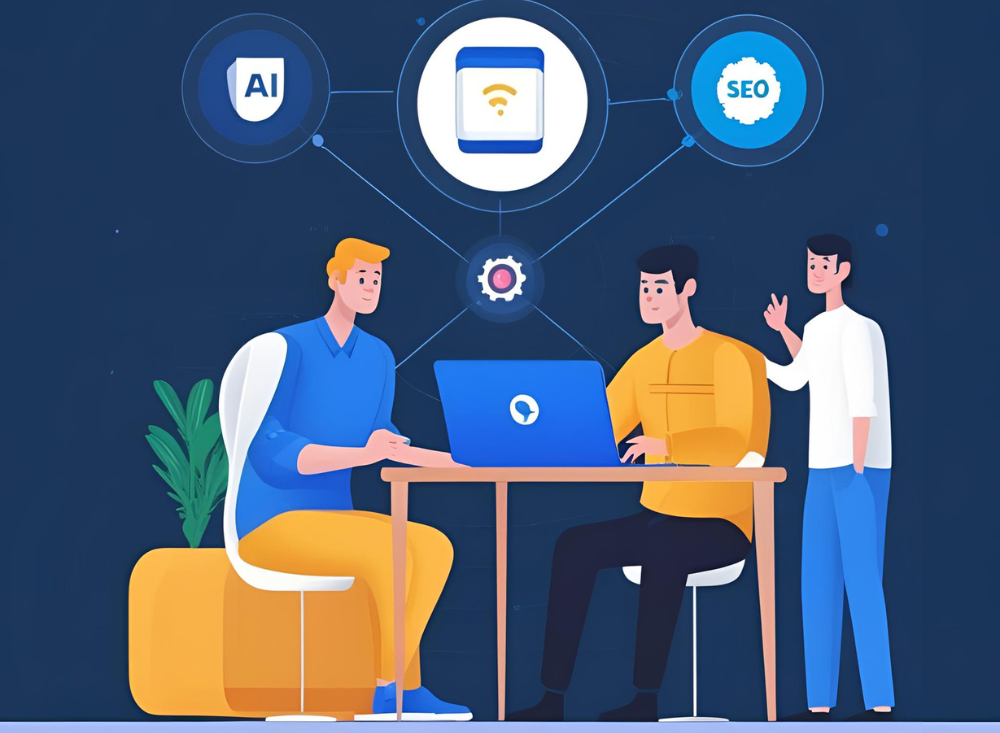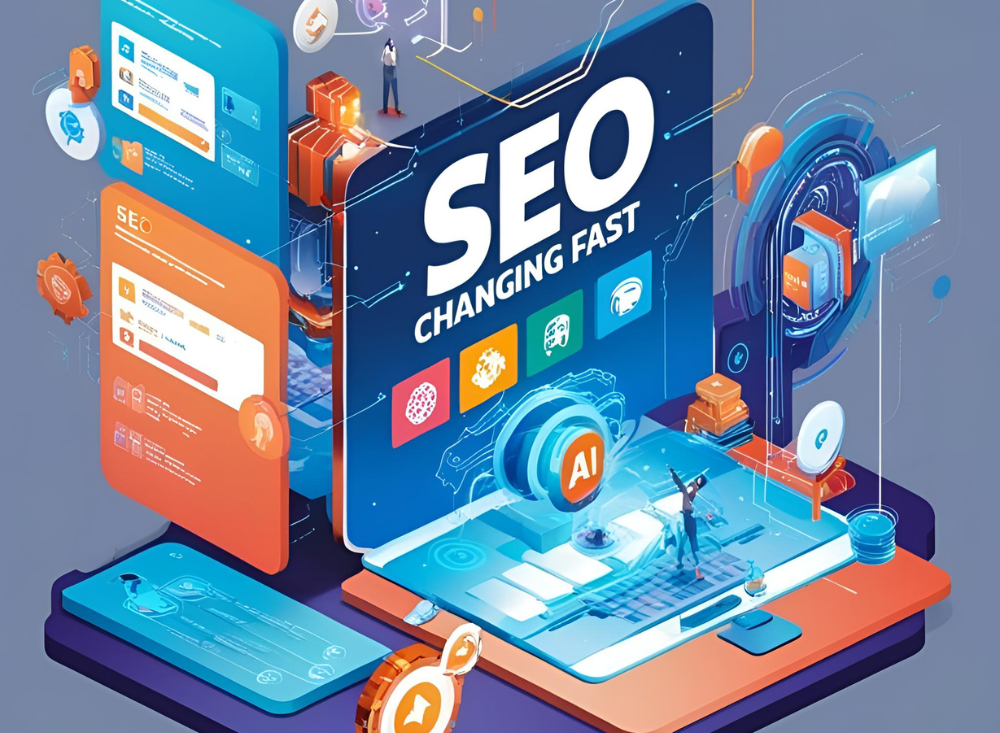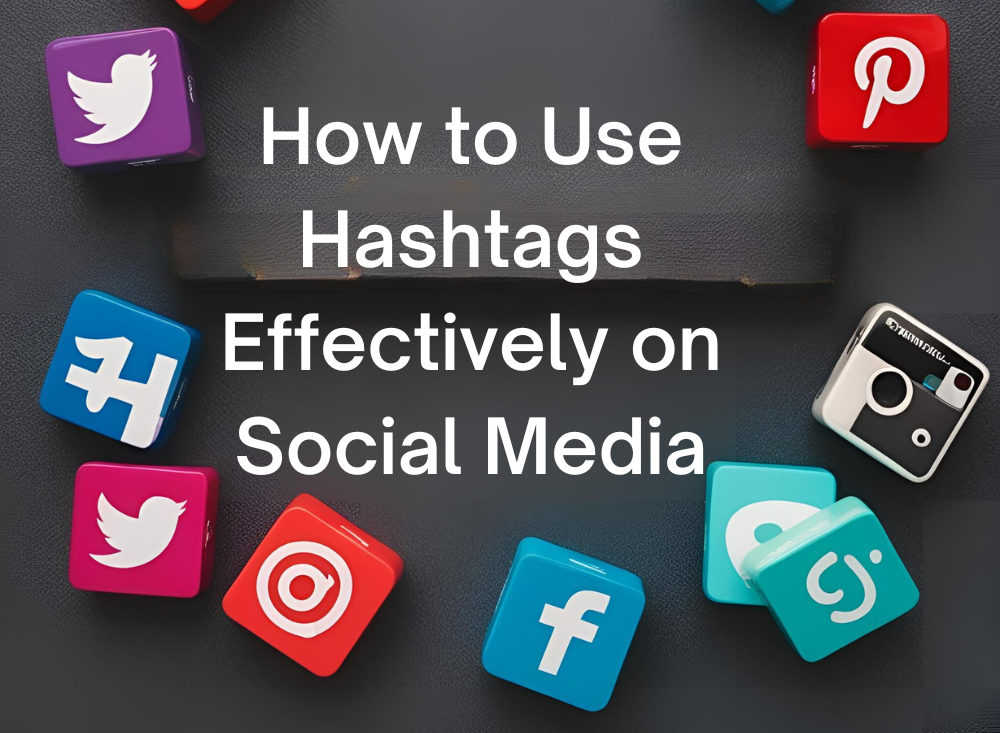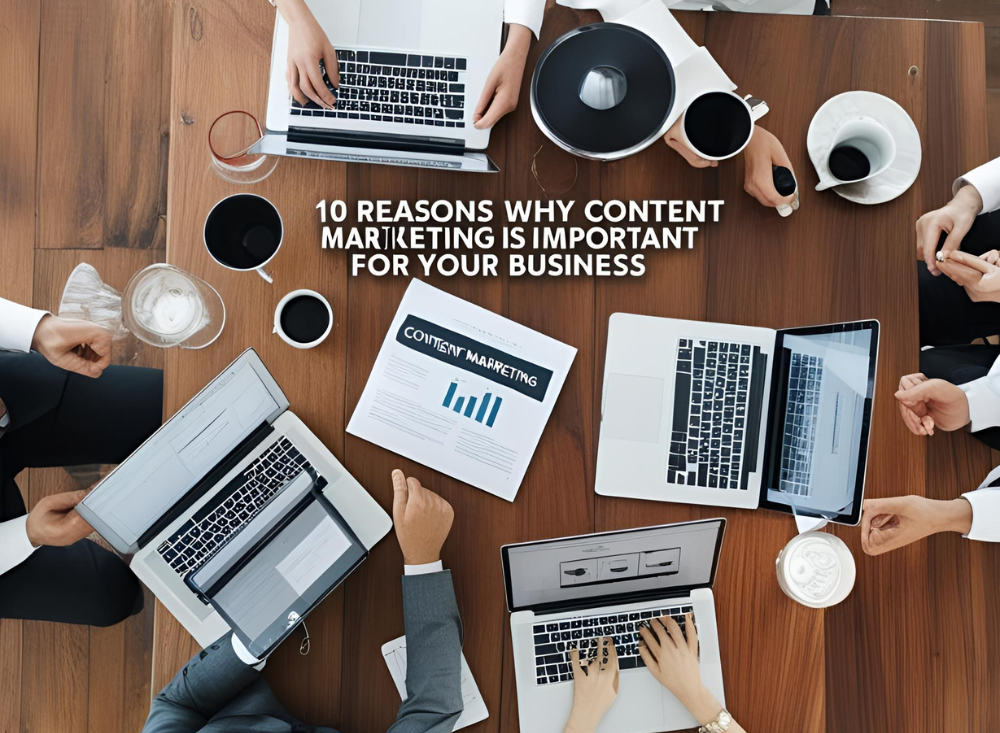
In today’s digital-first world, customers are more informed and selective than ever before. Traditional marketing methods no longer cut through the noise — they interrupt rather than engage. That’s where content marketing shines. It’s not just a buzzword; it’s a proven, powerful strategy that drives growth, builds trust, and delivers measurable ROI.
Whether you’re a small startup or a large enterprise, content marketing can be a game-changer. Here are 10 compelling reasons why content marketing is important for your business.
1. Builds Trust and Credibility
At the heart of every successful business lies trust. Content marketing helps build that trust by consistently delivering value to your audience. High-quality, educational, and informative content positions your brand as a reliable resource. When consumers trust your brand, they’re more likely to choose your product or service over competitors.
By sharing blog posts, how-to guides, videos, and case studies, you prove that your business understands its niche and truly cares about helping its audience.
2. Improves SEO and Organic Traffic
Search engines love fresh, relevant, and keyword-rich content. The more quality content you produce — whether blog posts, landing pages, or FAQs — the more pages search engines have to index.
When you target the right keywords and answer common customer questions, you increase your chances of ranking higher on Google. This results in more organic traffic, more leads, and more conversions — without the cost of paid ads.
Bonus Tip: Updating old content regularly also improves SEO performance.
3. Generates Qualified Leads
Every piece of content you publish acts as a funnel to bring in potential customers. Unlike outbound methods, content marketing attracts users who are already searching for solutions that your business offers.
By using lead magnets like eBooks, newsletters, or gated content, you can collect valuable information from users who are genuinely interested in your offering — making them more likely to convert.
4. Enhances Brand Awareness
Content marketing boosts visibility. The more content you create, the more opportunities you have to reach new audiences. Each article, infographic, video, or podcast expands your digital footprint and gives your brand a presence on search engines and social media platforms.
The better your content, the more likely it is to be shared, linked, and recommended — multiplying your exposure organically.
5. Educates Your Audience
Your content is a channel to answer questions, solve problems, and simplify complex topics. Educational content like “how-to” articles, explainers, or product comparisons helps users understand the value of your solution.
An educated audience is an empowered one — and they are more likely to make confident, informed buying decisions.
Example: A SaaS company could publish tutorials showing how to use their platform, making it easier for prospects to get started.
6. Supports Every Stage of the Buyer’s Journey
From awareness to consideration to decision — content marketing supports prospects at every stage.
- Top-of-the-funnel content (blogs, infographics) attracts new visitors.
- Middle-of-the-funnel content (case studies, webinars) nurtures leads.
- Bottom-of-the-funnel content (demos, testimonials) drives conversions.
With the right content strategy, you can guide users down the funnel with ease — turning strangers into leads and leads into loyal customers.
7. Boosts Customer Engagement and Retention
Content doesn’t stop after the sale. Consistent, relevant content keeps your customers engaged and strengthens loyalty. Email newsletters, knowledge bases, and user communities can help users get more value from your product or service.
Happy, engaged customers are more likely to become repeat buyers — and even brand advocates who refer others to your business.
8. Cost-Effective Long-Term Strategy
Compared to traditional advertising, content marketing delivers a higher ROI over time. While paid ads stop working the moment you stop spending, evergreen content continues to generate traffic, leads, and sales long after it’s published.
Once a blog post ranks well, it can drive consistent traffic for months — or even years — with minimal upkeep.
9. Improves Social Media Strategy
Content fuels social media. Instead of scrambling to find what to post, you can repurpose your blog articles, videos, or infographics across platforms like LinkedIn, Instagram, and Facebook.
Sharing insightful and valuable content on social media positions your brand as a thought leader and keeps your audience engaged — helping you grow your following and amplify reach.
10. Provides Data-Driven Insights
One of the most overlooked benefits of content marketing is the data it generates. By analyzing how your audience interacts with your content, you can uncover valuable insights:
- What topics resonate the most?
- Which blog posts drive the most traffic or leads?
- Where are users dropping off?
These insights allow you to continuously refine your strategy, create better content, and make smarter business decisions.
Final Thoughts
Content marketing isn’t optional anymore — it’s essential. In a world flooded with ads and short attention spans, content is the bridge between your brand and your audience. It drives visibility, builds authority, earns trust, and fuels business growth in a sustainable, cost-effective way.
No matter your industry or business size, investing in a solid content marketing strategy can unlock tremendous long-term value. Start by creating helpful, engaging, and customer-focused content — and watch your business grow.
Ready to Get Started?
Whether you’re just starting out or looking to scale your existing strategy, content marketing can deliver real results. Start small with blog posts or newsletters, and gradually expand into video, social media, or podcasting.


